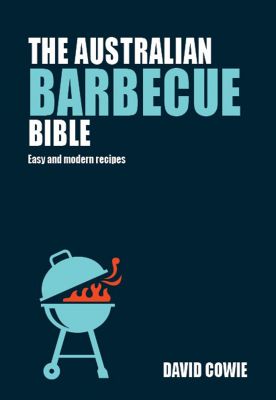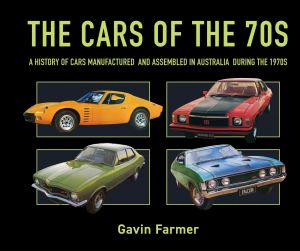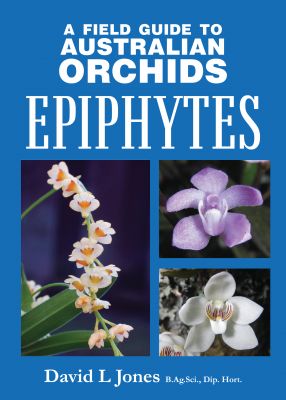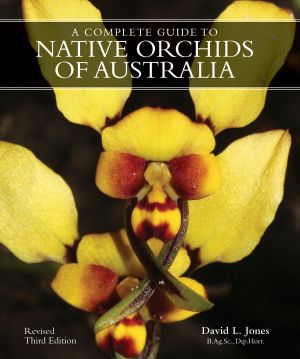What Lizard is That?
Second edition
| By | Steve Wilson & Gerry Swan |
|---|---|
| Format | Paperback / softback |
| Page Extent | 192 |
| Book Size | 247 x 166 x 15 mm (H x W x D) |
| Imprint | Reed New Holland |
| Release Date | 10 Jan 2025 |
| Subject Classification | The natural world, country life & pets / Wildlife: general interest / Wildlife: reptiles & amphibians |
'What Lizard is That?' offers a glimpse into the lifestyles and variety of these amazing Australian animals. This book covers all the main groups of Australian lizards and includes general pointers on appearance, behaviour and ecology.
Illustrated with hundreds of striking photographs, it is an invaluable reference and guide for the enthusiastic amateur or keen naturalist.
Reptile experts and authors Steve Wilson and Gerry Swan have written many books on Australian reptiles including 'What Snake is That?' and 'A Complete Guide to Reptiles of Australia.'
Gerry Swan
Gerry kept geckos while at school and after moving to Australia from New Zealand in the 1960s a chance encounter with a blue tongue lizard rekindled his interest in reptiles. An Associate of the Australian Museum and past editor of the journal Herpetofauna, Gerry has written and co-authored more than 9 books about reptiles; including What Snake is That, What Lizard is That, and Complete Guide to Reptiles of Australia. He also works as a reptile consultant and has a particular interest in the reptiles of the arid and semi-arid regions of New South Wales.
Steve Wilson
Steve lifelong love affair with reptiles has taken him to some of Australia most remote places. For the past 30 years he has been working to compile a comprehensive photographic documentation of Australia reptiles. He has authored/co-authored more than 5 books, including A Field Guide to Reptiles, What Snake is That, and What Lizard is That and has written many magazine articles on reptiles. For the past 20 years Steve has worked at the Queensland Museum, educating the public, identifying their specimens and (hopefully) instilling a desire to conserve our unique biological heritage.









